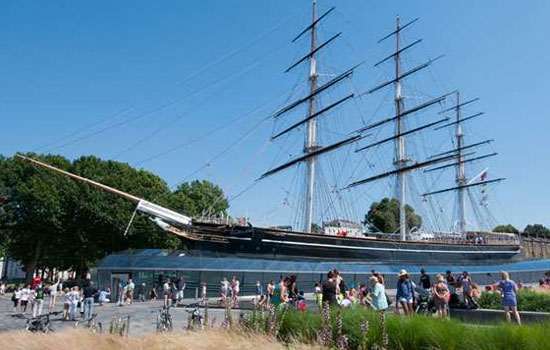Top coastal sites to visit in England
South west: History and legends
Set high on Cornwall's rocky north coast, Tintagel Castle is a 13th-century fortress steeped in the legends of King Arthur.
On the south Cornish coast, close to the bustling port of Falmouth, you'll find Pendennis Castle and St Mawes Castle, built by Henry VIII on opposite sides of the Fal estuary to defend against invasion.
In neighbouring Devon, Dartmouth Castle has guarded the entrance to the Dart Estuary for more than 600 years.
South east: Kent castle exploration
The iconic Dover Castle offers visitors an entire day of discovery across the centuries.
A little further along the Kent coast, Deal Castle takes the crown as Henry Vlll's biggest and most elaborate coastal artillery fortress.
Complete your exploration of the area with a visit to Walmer Castle and Gardens, a leisurely stroll from Deal.
Yorkshire: Medieval castles and monks
The mighty Scarborough Castle stands on a headland steeped in history - it has attracted settlers since prehistoric times.
Further up the coast, perched on a headland towering above the town, Whitby Abbey has been capturing visitors' imaginations for almost 1,500 years.
North east: Ruins and regiments
Proudly overlooking the gateway to Newcastle, Tynemouth Priory and Castle combines a medieval monastery with castle towers, gatehouse and keep.
If medieval monasteries are your thing, Lindisfarne Priory is another must-visit site.
Further south along Northumberland's rugged coast is Dunstanburgh Castle, a dramatic ruined fortress that is only accessible on foot.


